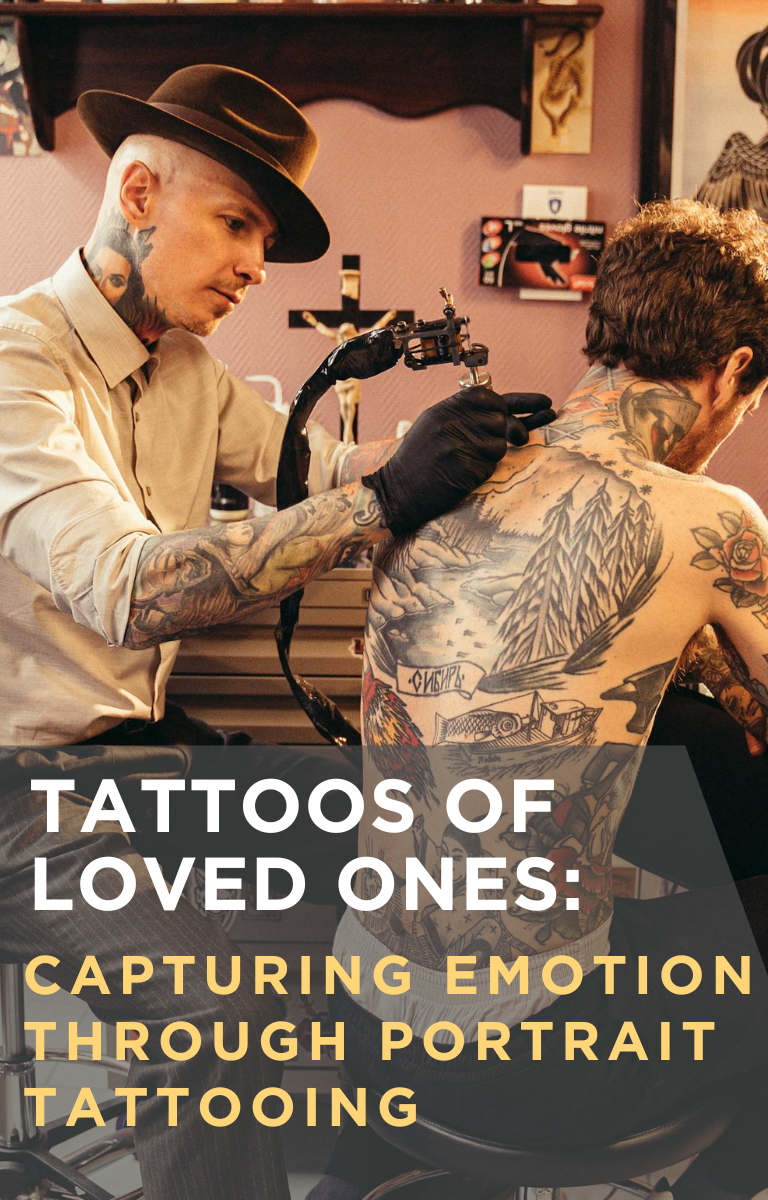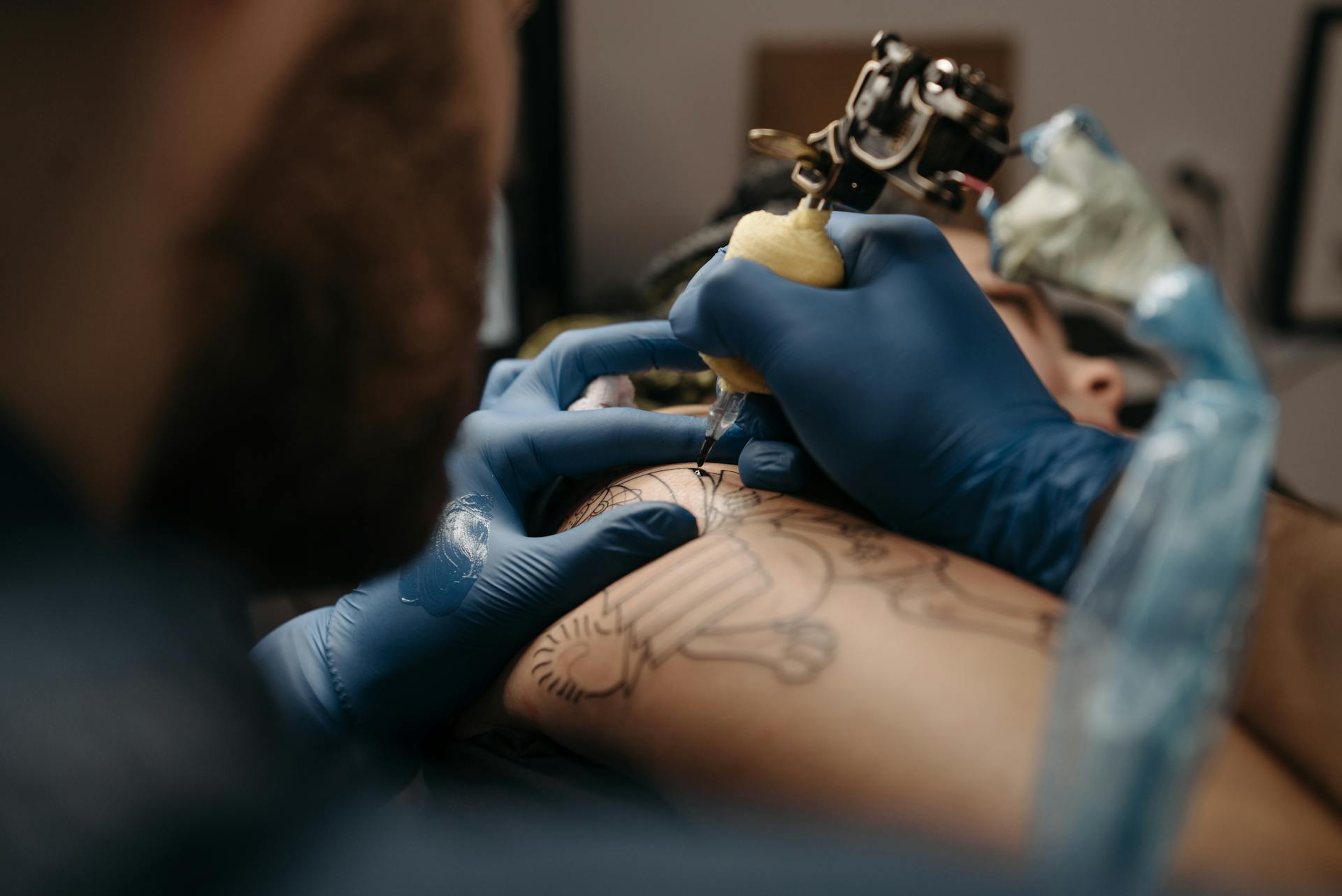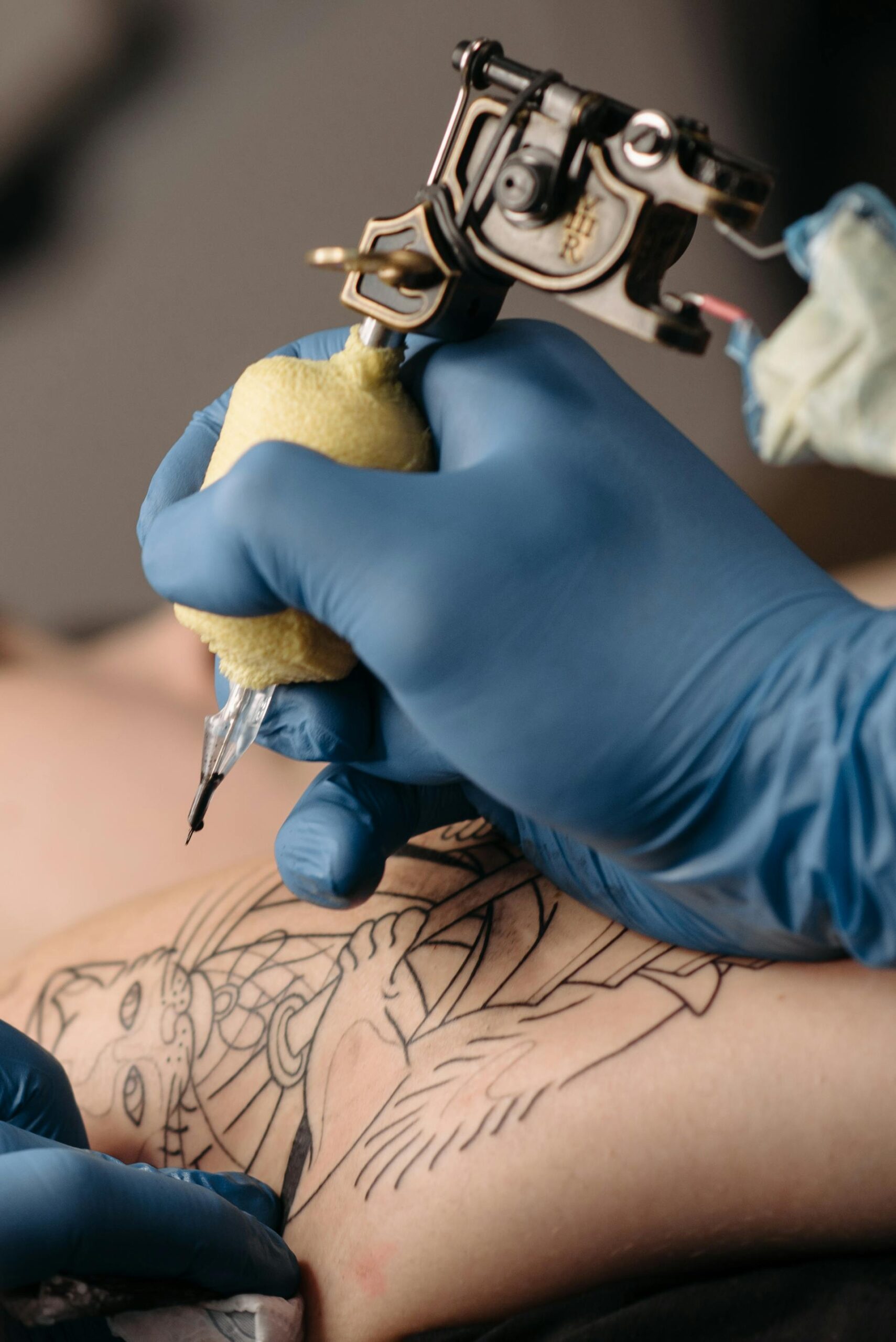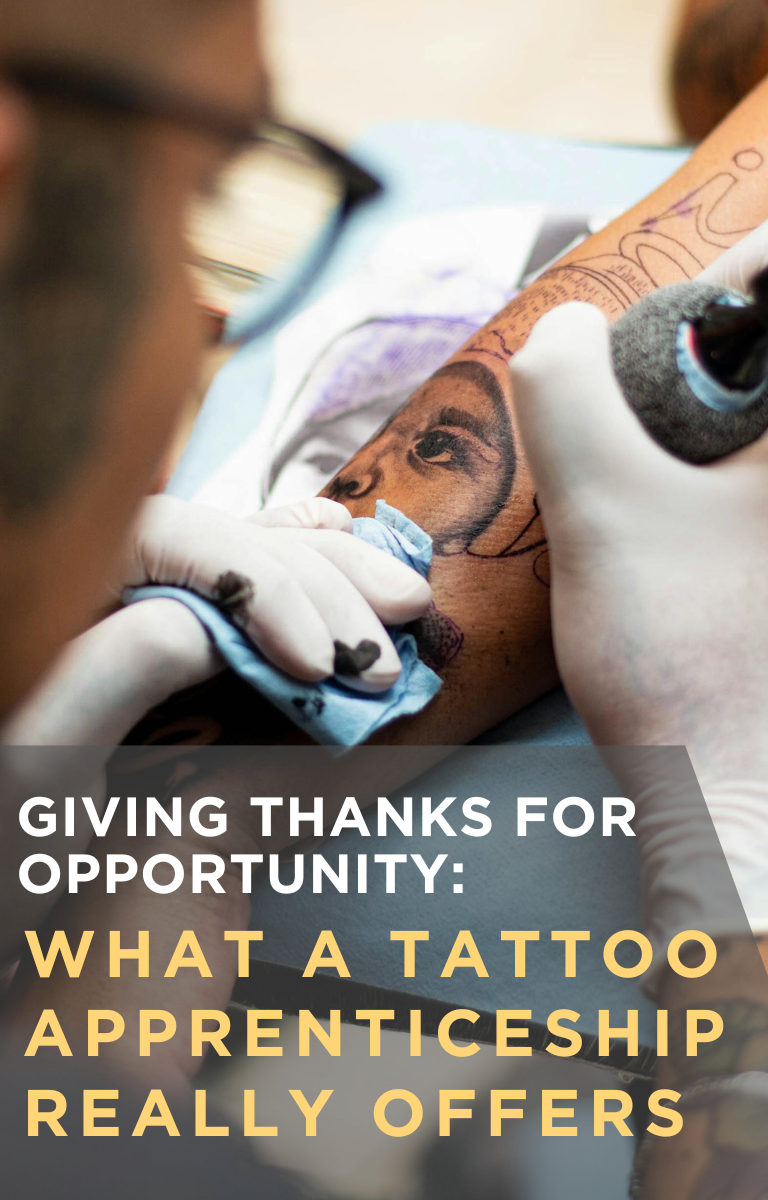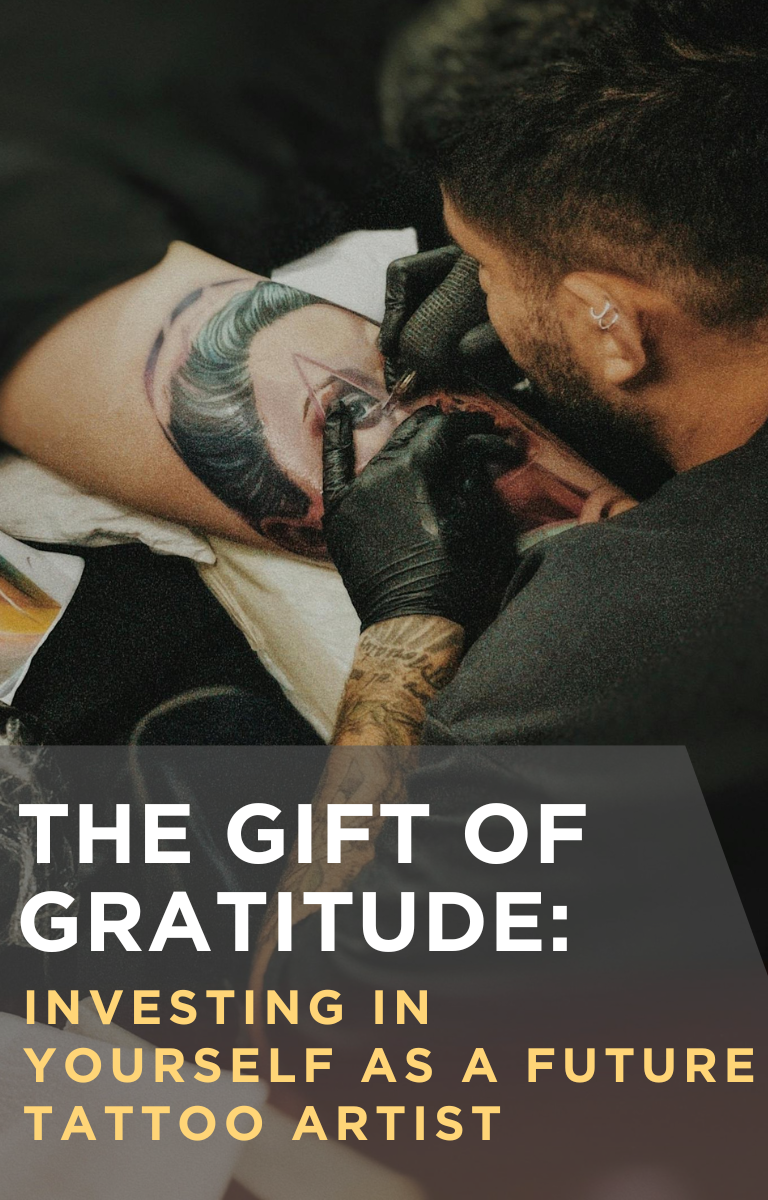Mastering Portrait Tattoos: Skills and Training
Portrait tattooing challenges you to balance creativity, precision, and patience. It’s one of the most demanding styles to learn, but also one of the most rewarding. Developing mastery takes consistent practice and the right kind of training.
1. Build a Strong Drawing Foundation
Every great portrait tattoo begins with the ability to draw well. Sketch faces often and study how light shapes structure. Practice observing the small details, such as the curve of the jaw, the distance between the eyes, and how shadows define emotion. The more confident you become with pencil and paper, the easier it becomes to translate that understanding into ink.
2. Learn Value and Contrast
Tone and shading bring portraits to life. Smooth gradients create believable depth, while sharp contrasts highlight the features that make a face recognizable. Understanding how different skin tones hold pigment also changes how you approach shading. Over time, you’ll learn how healed tattoos soften, and that awareness helps you design pieces that stay balanced and clear for years.
3. Understand Equipment and Skin
Technical knowledge makes all the difference in portrait work. Choosing the right needles, voltage, and machine setup affects how cleanly your ink settles in the skin. Skin type also changes how you work. Some skin holds ink easily, while others require a lighter hand. Mastering these adjustments takes trial, feedback, and real-world experience.
4. Train With Experienced Professionals
Guidance from skilled Tattoo Artists or mentors accelerates your progress. Working alongside experienced professionals teaches you how to manage long sessions, communicate with clients, and refine your technique under pressure. Learning from someone who has already mastered portrait work gives you insight that tutorials and repetition alone can’t provide.
When you combine strong fundamentals, technical control, and mentorship, your portrait tattoos move from accurate to unforgettable.



